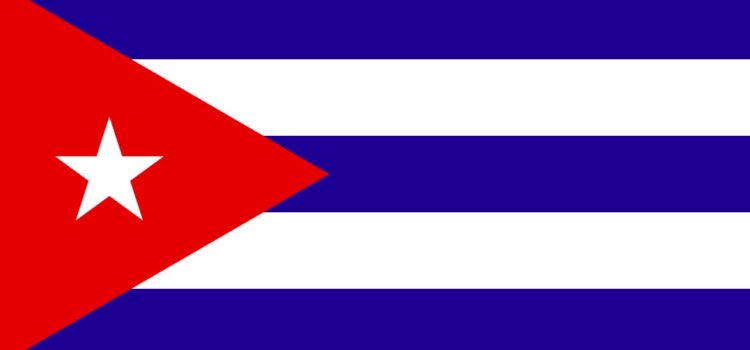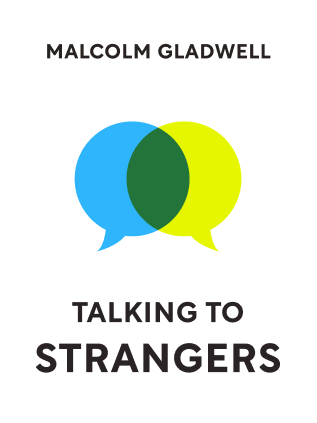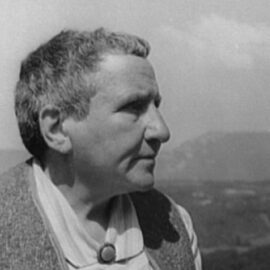

This article is an excerpt from the Shortform book guide to "Talking to Strangers" by Malcolm Gladwell. Shortform has the world's best summaries and analyses of books you should be reading.
Like this article? Sign up for a free trial here .
Who was Florentino Aspillaga? What does his revelation to the CIA say about the problem of how to know when people are lying to us?
Florentino Aspillaga was a Cuban intelligence officer disenchanted with Fidel Castro’s regime. In 1987, he defected and fled to the American Embassy in Vienna.
Learn why what Florentino Aspillaga told the Americans was so important, and what it can teach the rest of us about how hard it is to know who to trust.
How Can You Spot a Liar?
There are two major puzzles about interacting with strangers that this book will attempt to answer:
- Why can’t we identify when a stranger is lying to our face?
- Why does meeting a stranger face-to-face sometimes make it harder to make sense of that person than it would be without meeting them at all?
This book will attempt to answer those questions, but first, let’s look at an example of these puzzling patterns of human behavior: the story of Florentino Aspillaga and the CIA.
Florentino Aspillaga Goes to the CIA
The CIA is supposed to be the most sophisticated intelligence agency in the world. But even some of the best CIA agents have failed to detect liars in their midst.
In 1987, two years before the fall of the Iron Curtain, Cuban intelligence officer Florentino “Tiny” Aspillaga grew disenchanted with Fidel Castro’s style of leadership. On June 6, he defected from his service in the Cuban government. Florentino Aspillaga drove to Vienna and immediately found his way to the American Embassy there. This is known in the spy trade as a walk-in. This particular walk-in was one of the most important in the Cold War.
Florentino Aspillaga’s Story
After his surprising appearance at the door of the U.S. Embassy, Florentino Aspillaga was taken to Germany for debriefing. He had one condition before giving up his information on Cuba: He wanted to meet the CIA agent known as “el Alpinista,” or the Mountain Climber. The Mountain Climber was highly regarded in the CIA for his impeccable and incorruptible tradecraft, so Aspillaga had always revered him.
El Alpinista was intrigued when he heard that a Cuban official had defected. He flew to Germany right away to meet with Aspillaga. There, Florentino Aspillaga revealed shocking news from behind the Iron Curtain: The CIA had over a dozen agents working as spies in Cuba at the time that had been turned into double agents working against the United States. These double agents had been feeding the United States falsified information for years—all fabricated by the Cuban government.
The Latin American division of the CIA was shocked and horrified by the news. They were supposed to be the most sophisticated intelligence agency in the world, but they had been made to look like fools.
Florentino Aspillaga’s revelation about traitors was not the first time in the history of the CIA that something like this had happened. In East Germany, Aldrich Ames, one of the most senior officers in the Soviet Counterintelligence agency, was working as a double agent for the Soviet Union. And, even though the Mountain Climber later said he had always held a low opinion of Ames, he never suspected Ames as a traitor.
If the Mountain Climber, one of the best agents at one of the most selective agencies in the world, can’t pick out a liar among his own team of spies, how can a person be expected to be able to catch a stranger in a lie?

———End of Preview———
Like what you just read? Read the rest of the world's best book summary and analysis of Malcolm Gladwell's "Talking to Strangers" at Shortform .
Here's what you'll find in our full Talking to Strangers summary :
- Why we don't understand strangers
- How to talk to strangers in a cautious way so you don't get fooled
- How Hitler deceived so many world leaders






